Much has been said about the usefulness of Social Media within Project Management, but a topic that as yet seems to have been left untouched is how Project Management can help in Social Media Marketing campaigns.
Many of the principles and techniques that we teach in our Project Management Training, as well as on our PRINCE2 Course, can be applied to Social Marketing campaigns in order to improve their effectiveness and efficiency.
In this post we'll be taking a look at some and how they should be enacted.
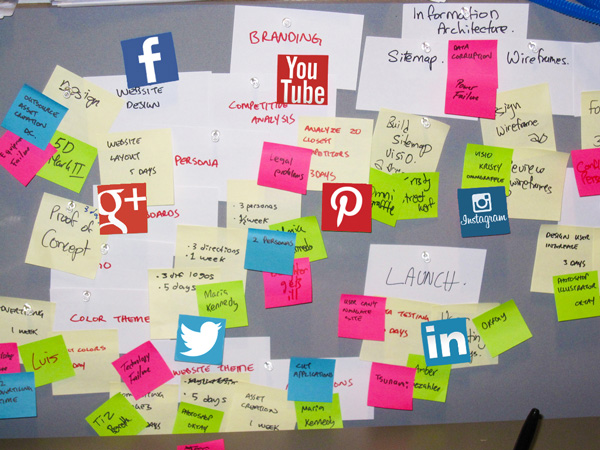
Initiating a Project
The 'Initiating a Project' stage of PRINCE2 can certainly be applied to a Social Media campaign. This process effectively outlines the reasons for and initial format of a project.
With regard to a Social Media campaign, it would require an understanding of the goals you hope to achieve by engaging on this platform.
It would also set out the preliminary ideas as to how to go about enacting this, both from a strategic point of view (what sort of things will you post, who are you targeting) and from a logistical perspective (which networks will you use and how much.)
Andy Trainer
8 Apr 2013
I fancy a pint (not a rare occurrence) but I just don't know where to go. Perhaps I've just moved to the area or I'm just looking to go somewhere new.
10 or 20 years ago, my best bet would be to accost local passers-by and ask for recommendations and directions.
Well, that's no longer the case!
Thanks to my handy iPhone (I could have an Android device but for the purposes of this I don't) I can now download a smorgasbord of apps that will tell me everything from where the local is to what beer they sell to whether or not they're showing the England game.
I'm using pubs as an example but you can use geo-location apps to find pretty much anything. You could be designing the next big one after coming on our iOS App Development Training.

Geo-location apps are this decade's answer to tour guides and indecision and come in variety of shapes, styles and sensibilities.
I'm going to try as many as possible to work out which one is best for finding my way to a decent boozer, for telling everyone that I'm at a decent boozer (with an obligatory sepia-toned snap of my beverage as an accompaniment) and for various other decent boozer-related information and activity.
I'd like to point out that there are plenty of other things you could be doing with some of these apps aside from abusing your liver; like eating or dancing or something else constructive, it's just that I chose an activity close to my heart.
So for each app I'm going to rate it out of 5 for Usability (how easy it is to use), Choice (how many options it provides), Information (like opening times, WiFi connection etc) and Review System (how good the system for leaving/reading a review is, if there is one at all).
Aaron Charlie
28 Mar 2013
Responsive Web Design is becoming more and more widely used as a means to creating a site that is easily accessible on multiple platforms.
Grids are a particularly useful and simple way to build a responsive site, which is why you'll learn all about them on our Responsive Web Design Training.
With so many options to choose from, we thought we'd take a look at what we think are some of the best frameworks out there, each with its own unique strengths. Not 100% on Media Queries? Take a look at this post on the difference between queries and types.
1/ Golden grid System
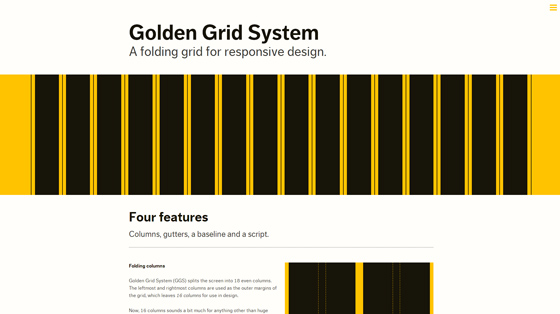
Golden Grid System splits the page into 18 columns, 16 of which can be used for design.
Using this system you'll be able to serve pages ranging from 240 to 2560px. It does this by 'folding' into 8 columns for tablets and 4 for mobiles.
2/ Yamb v2
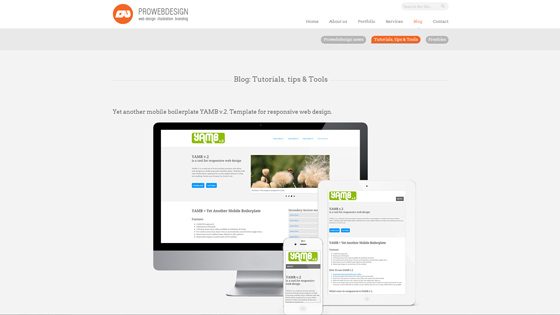
Yamb v2 is a mobile first framework which aims to deliver a minimalist approach to responsive design. As such it covers screen widths from 320px upwards.
Aaron Charlie
25 Mar 2013
A skill that is essential to good training, and that is emphasised on our Train the Trainer course, is the ability to ask the right kinds of questions in order to best challenge and get the most from delegates.
Since Socrates' time, questioning has been taken to be an effective method for all sorts of teaching as it gives the student the opportunity to ruminate and run over information in their mind as they answer.
Questioning is also a very effective way to deal with difficult delegates, when used as part of a broader strategy.

We thought it would be a good idea to explain some of the different varieties of questions that can be used in training with some examples of how they can be used:
Leading Questions
Leading questions are particularly important in training. The idea is to ask a question that has the under-surface intention of bringing someone around to your point of view.
These can be particular useful in a disagreement with a delegate when you know you're right (although have the potential to backfire if you're wrong!). Used well and they can be a powerful tool, but used badly and it can make you seem manipulative; so use with care.
Andy Trainer
22 Mar 2013
Being able to draw and create various types of human faces in Adobe Illustrator is a useful skill to have as a designer, which is why on our Illustrator Training Course you'll learn everything you need to be able to begin these sorts of drawings.
Even if your usual subject isn't people, you never know when having this ability could come in use - a client might want a mascot for a campaign or maybe you just want to draw someone for fun.

There are hundreds of tutorials available online but finding the right one for you can be difficult - do you want to go down the cartoon route or be more realistic? Simple or complex?
Luckily we've put together a list of 5 of the best tutorials available on the web today, each for a different type of face so you'll be able to draw everything from famous cartoon characters to ultra-realistic portraits in no time.
We've also added a difficulty rating to better help you judge whether you'll be able to manage the tutorial.
1/ Simple Face
Level: Beginner
In this Simple Face tutorial you learn the basics of drawing simple faces. This is ideal for those new to Illustrator, who might have some experience with the program but none with drawing faces.
Aaron Charlie
13 Mar 2013
With last week's announcement of a redesign for Facebook's news feed (which we discussed in detail in our post on Friday - Getting to Grips with Facebook's Redesign) comes renewed questions about the advertising policies of the social giant.
Despite no mention of ads whatsoever in that announcement (although post-announcement Q&As revealed some detail), the media and public alike are intrigued as to what a revised news feed with more focus on images, but also choice in what is seen, will mean for advertisers - with many suggesting that it will only increase their prominence.
If Facebook ads aren't your thing, why not try Google AdWords Training to give you an advantage on the biggest online advertising platform.

However, concern over Facebook ads is no new thing. Many users have become entirely disenchanted with the site's ad policy, especially since the advent of sponsored and promoted posts in the news feed.
Add to this the need to make Facebook more profitable after its largely unsuccessful IPO and big advertisers like GM not seeing advertising on the site as a useful spend, and it's obvious from a Facebook perspective why the redesign was as necessary from an ad point of view as it was from a usability and design one.
Prior to the revised news feed announcement, we here at Silicon Beach ran a survey to determine the public mood surrounding Facebook ads and thereby their effectiveness, particularly when it comes to small businesses.
Let's take a look at what all this data means for those without the ad budget of McDonald's or Coca-Cola!
Background
After engaging in an ad campaign to promote some of our blog posts, we received some negative feedback from an individual who happened to be a member of the anti-sponsored posts group "Say No to "Suggested Posts"".
At this point we felt that it was appropriate to suspend our ad campaign in order to first determine whether they were ineffective or even worse, actively putting people off our brand.
Aaron Charlie
11 Mar 2013
Basic planning is essential to the development and growth of any business, but knowing how to plan well is a skill in and of itself. A masterpiece can't be made without careful consideration of the tools available, the methods to be employed and the end-target.
No one knows this fact more than a project manager upon whose plans rest entire company endeavours, as we explained in our analysis of the PRINCE2 Planning Theme.

There's a time and a place for spontaneity (ironically) but when it comes to the successful completion of a project, planning is fundamental, which is why it is such a pivotal part of our PRINCE2 Project Management Courses.
So just why is planning so important, especially when project management is concerned? How do you go about it, and within a project, who is responsible for planning what?
Why So Important?
Let's make it clear - when I'm referring to a plan here, I'm not specifically (or necessarily) referring to a formal document associated with any of the major project management methodologies. Instead, I am referring to the general 'concept' of planning but with specific reference to project management.
As such, we'll take a look at the more formal aspects of planning an actual project but also look at the more general planning that can be applied to both projects and other aspects of life.
Firstly with regards to projects, let's take a look at why planning is so important for:
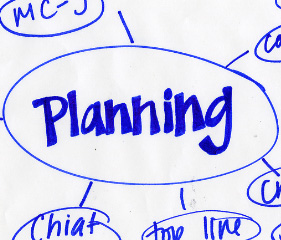
Team Members
Psychologically speaking, forward planning makes a huge impact on a worker because it clearly sets out the criteria they must meet in order to be deemed successful. Having that clear set of criteria in mind gives them something to aim toward.
This in turn breeds greater focus and drive and enhances productivity because they are able to see themselves develop step-by-step, identify 'wins' and failures and pinpoint their value within a project.
Andy Trainer
5 Mar 2013
After coming on our InDesign eBook course you'll be able to create and publish your eBook; but what's the next step? Ideally you want people to read it, which means that it's time to begin the marketing process.
As much as you'd like to think you'll have people queuing at the virtual door to download your book, the likelihood is no one will know about it unless you tell them about it.
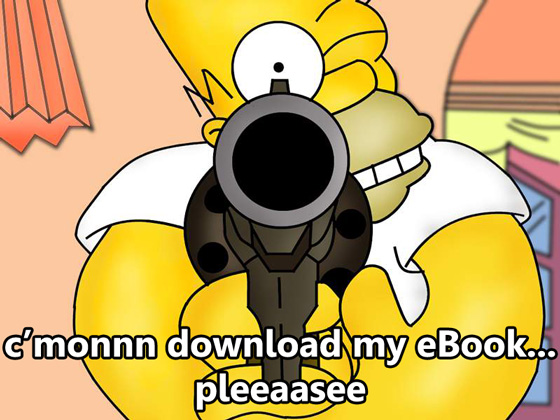
So how would you even begin to go about marketing an eBook? Let's assume you have a decent site and blog (if not you ought to come on our 1-day Blogging and Content Marketing course to find out why it's essential!) as a base from which to 'flaunt your wares'.
A good start, especially for a product like this, is to embrace social media. Used alongside content marketing and email marketing, social media marketing can be an effective tool to market an eBook.
Aaron Charlie
27 Feb 2013